Dzungarian hamster: description, feeding and care tips

Dzungarian hamsters are one of the most common breeds of cute fluffy animals. Often in everyday life such animals are affectionately called "dzungariki", and it is they who often become the first pets of small children. The thing is that the cost of Dzungarian hamsters in zoological stores is quite low, and besides, rodents do not need specialized care measures.

Even a child can cope with them.
If you are thinking about purchasing a Dzungarian hamster, then you should familiarize yourself with all the characteristics and characteristics of the animal. In our article, you will learn about the conditions in which a rodent should be kept, how to feed and bathe it, and you can also read the reviews of those who have already managed to have a cute fluffy animal in their house.
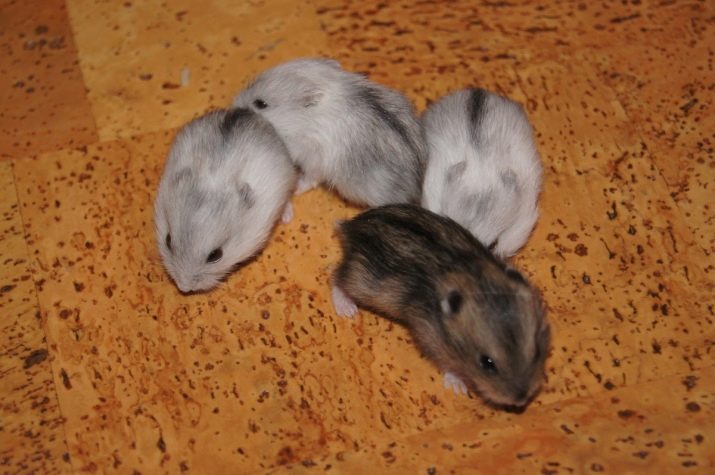
What does it look like?
First of all, let's look at the biological description of the Dzungarian species of hamsters.
The Dzungarian hamster is a breed of rodent that is tiny in size. So, the length of the animal's body traditionally does not exceed 10 centimeters, and the weight of the animal is usually about 50 grams. The hamster's skin is covered with thick hair, which can be of a wide variety of colors. The most popular colors are gray, black and brown. The eyes of the animal have a convex shape, a coal-black color and a glossy sheen.
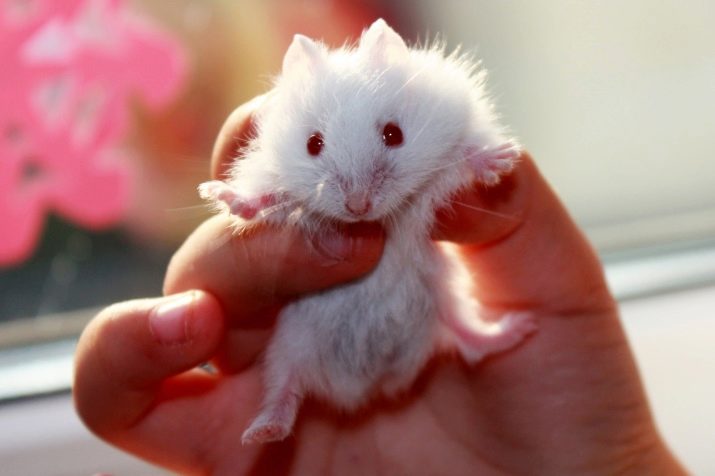
Despite the fact that this rodent is a fairly common and popular pet, it can also live in the wild. Thus, the natural habitat of the Dzungariks is the steppe and semi-steppe regions of Kazakhstan, Asia, and even Russia.
In our country, a rodent in the wild can be found in Siberia and the Altai Territory.
In this regard, it is worth noting that there is an external difference between those hamsters that live in natural conditions and those that live in pets. So, a cross between gray and brown colors with a bright black stripe on the back running along the spine is considered the natural color of the jungarik. The belly is colored in a lighter tone, like the paws. This color is intended primarily to ensure the safety of the hamster, because it allows him to disguise.

At home, hamsters live, whose fur is painted in more aesthetic and eye-pleasing shades: tangerine, red, beige. One of the rarest is considered to be a hybrid color "pearl", it is almost impossible to find it.
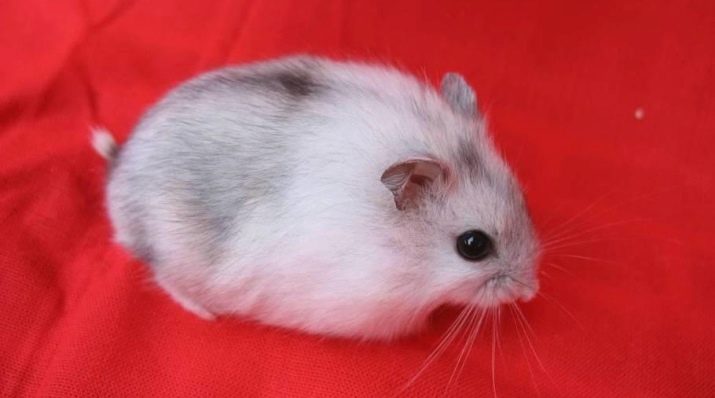
The twin breed for Dzungarian hamsters is a breed called Campbell's hamster. Differences from this variety are in several characteristics:
- the Dzungarian breed of rodents has a denser, smoother and more shiny coat;
- on its body (regardless of the main color) the dzhungarik has several wide stripes on the sides and back;
- on the face of the Dzungarian species, you can find a clearly delineated rhombus;
- Campbell's rodents have a waist;
- Campbell's animals are more aggressive and more difficult to make contact with humans (which is why it is believed that it is better to choose a dzungarika as a pet).

How to determine age?
Due to the fact that Dzungarian hamsters are rather small in size, and they do not grow with age, it is very difficult to know how old they really are. However, there are several ways to determine the more or less accurate age of furry animals.
- The younger the hamster, the more active it leads: the animals sleep less, move more, and therefore eat more. Older animals, on the contrary, prefer to sleep and eat very little.
- On the ears of the old special, there is practically no wool, while the ears of young hamsters are completely covered with it.
- Young animals have transparent and shiny eyes. They become cloudy with age.
- Newly born hamsters do not have hair - they begin to become covered with hair only on the 5th day of life. After 2 weeks, the coat is fully grown.
- Young hamsters aged 1 to 3 months (and these are the animals that should be bought) weigh no more than 40-45 grams.
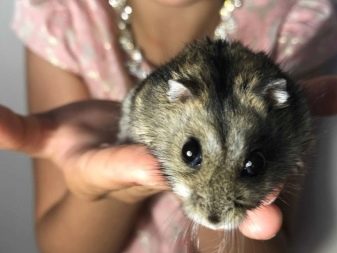

Care advice
Rodents of the Dzungarian breed are rather picky about care and are content with only basic conditions of detention. Therefore, even those who have never previously owned a pet can cope with such rodents, they can be easily brought up by a primary school student.

If you follow all the stated recommendations of specialists, as well as listen to the advice of veterinarians, then you can easily keep a dzungarika at home.
Nutrition
With regard to nutrition, the rodents of the Dzungarian breed are very picky. So, in nature, the basis of their diet is a variety of grain crops. From this you should build on, taking care of the rodent that lives in your home. In general, it is believed that the best option would be a variety of cereal mixturesthat are sold in zoological stores. Moreover, it is important to give preference to precisely those mixtures and combinations that are intended for dwarf hamsters.
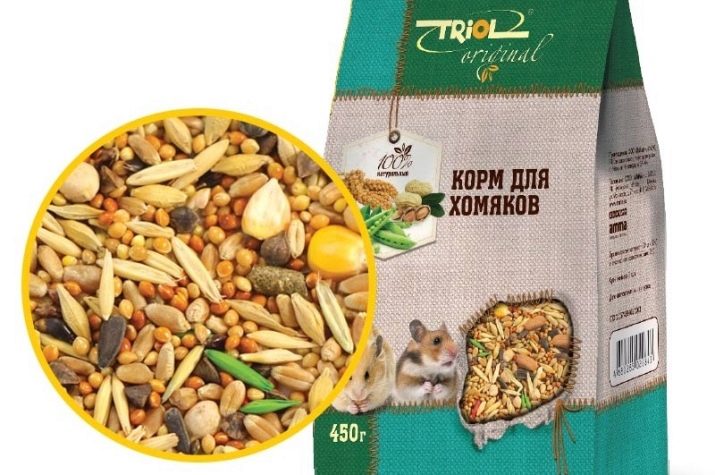
In addition to such mixtures, the animals can be fed with other foods. For example, dzungariks can be given vegetables, fruits and herbs, as well as boiled chicken and low-fat cottage cheese... A variety of foods can be purchased as treats at pet stores.
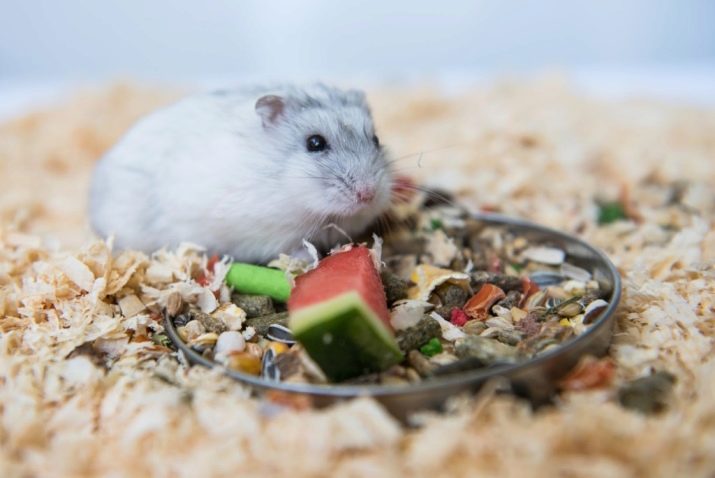
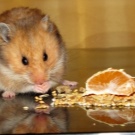
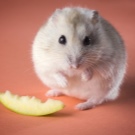

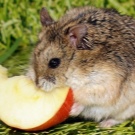
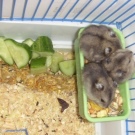
It is also important to note that hamsters eat quite often and a lot.
This is due to the rapid metabolism of these animals. It is worth considering this factor when buying feed:
- you should purchase enough food for the rodent so that it does not go hungry;
- try to buy only the food that is produced by well-known manufacturers and is of high quality, because bad food can cause a large number of diseases.

Among other things, it is important to pay attention to the condition of the hamster's oral cavity... In order for the rodent to grind its teeth, periodically buy special mineral stones for it.
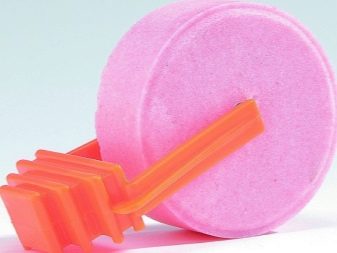
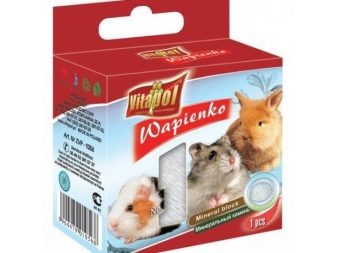
Toys
The cage containing the rodent should never be empty. It must be equipped with the necessary elements for the hamster. First you need to install a special house. This is a design that will allow the animal to retire and feel safe. Give preference to small houses (about 10 centimeters in length). Choose houses without windows and those structures that have no bottom.
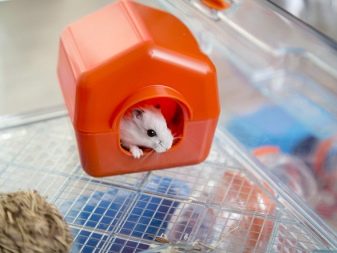
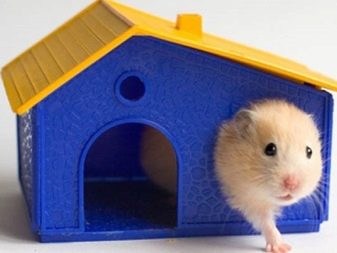
In addition, a treadmill wheel will come in handy for your pet. In the wild, Dzungarian hamsters run several kilometers per day. That is why in order to maintain the health of an animal at the proper level, it needs constant movement and an active lifestyle.
The ideal running wheel for a jungarian is about 16-18 centimeters in diameter. Don't buy crossbar running wheels. Also, when choosing this element, make sure the surface is reliable. If possible, the wheel should be covered with a fine mesh, so that the paws of your furry pet will not get stuck in it.
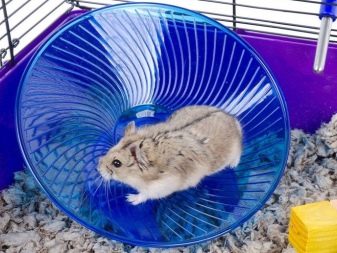

In addition, you can purchase or independently make various labyrinths or tunnels for the cage.
As entertainment and also to be able to move the rodent to a safe place while cleaning the cage, can be purchased special walking balls. This device will ensure the safe movement of the hamster around the room or apartment: firstly, the hamster himself will be safe, because it is quite difficult not to notice the walking ball (if he escaped without the ball, then it will be quite difficult to catch him in the apartment), and, secondly , the animal will not be able to chew on household items, wires, etc.
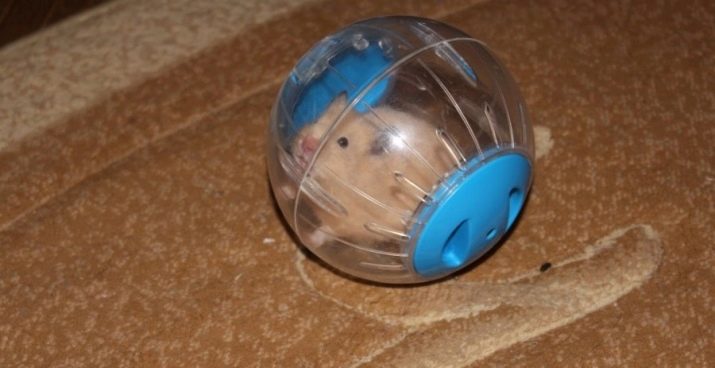
Cell
It is important to remember that each dzungarik needs its own separate cage, so you shouldn't keep several hamsters in one. This is due to the fact that even in the wild, these rodents do not gather in groups, but live separately.
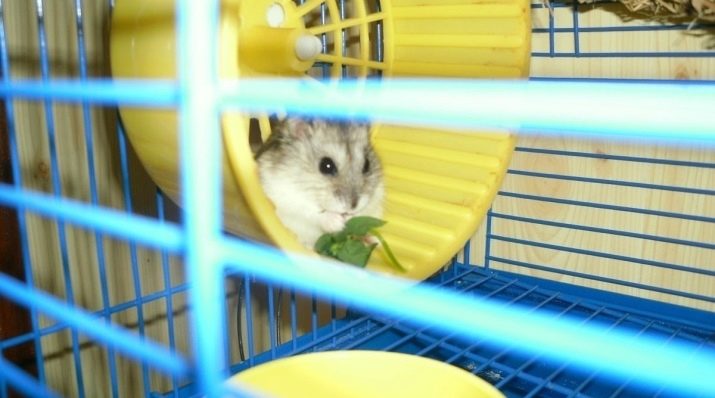
Despite the fact that the size of the animals of this breed is rather small, you should select a cage that will have the largest possible size. So, the best option is a cage with dimensions of 50x30 centimeters.
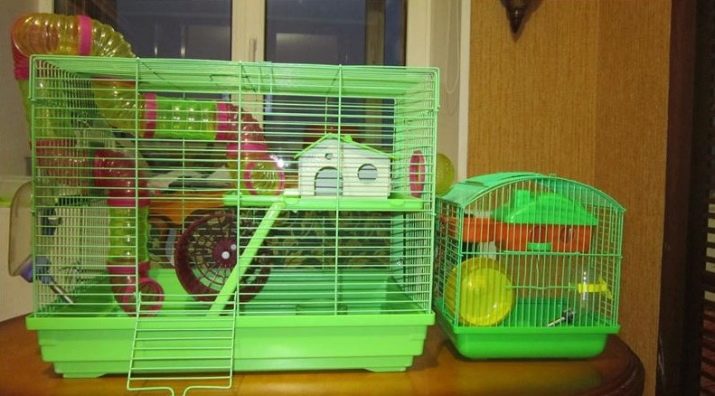
Today in markets, supermarkets, as well as in specialized zoological stores, you can find a large number of modern and unusual cells. One of the latest fashion trends is considered to be cells, which have several floors (tiers). For jungariks, such cells should not be chosen. It is better to give preference to those with a more traditional design.
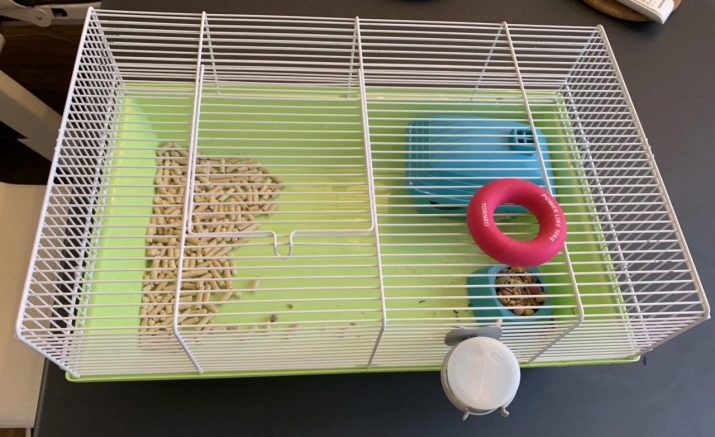
When choosing a cage, it is important, among other things, to pay attention to its reliability. So, experts advise buying the wrong cells that are equipped with a lattice structure and a plastic pallet, and those that are closed and endowed with plastic inserts (the so-called "dunes").
After you have purchased the cage, a layer of special filler for hamsters, which can be purchased at any pet store, should be poured on the bottom of the cage. It is best to give preference to corn or cellulose varieties. It is also useful to place a small amount of dry paper towels or napkins - in the future they will become building materials for creating a nest for a hamster.

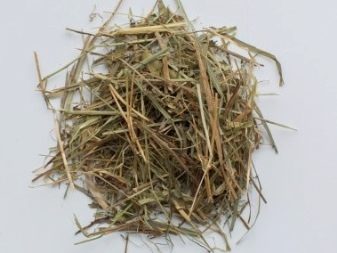
It is important to remember that the cage itself should be in a fairly quiet place. It should not be exposed to direct sunlight or any draft or wind.
Bathing
Dzungarian hamsters are very sensitive to the state of the environment.That is why they should be constantly kept clean and carefully monitor the hygienic conditions in which the animal lives.
It should be said right away that it is highly undesirable to wash dzungariks in water. The thing is that fluffy animals are very sensitive to temperature conditions, including water temperature. Even a slight mismatch in temperature (literally 1 or 2 degrees) can negatively affect the health of the animal.
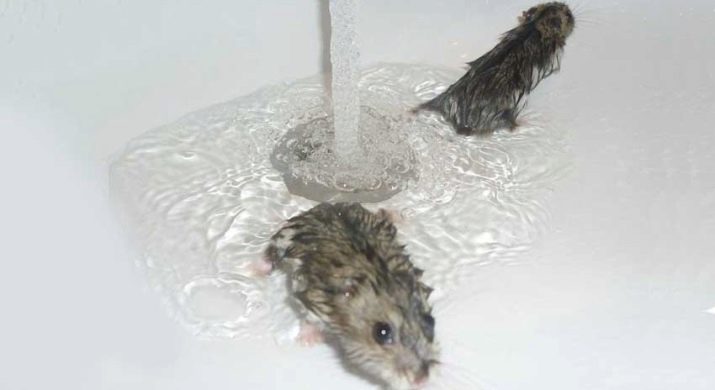
Despite the fact that water treatments are contraindicated, it is still necessary to clean the hamster. To begin with, it should be noted that being clean by nature, hamsters themselves clean their fur. Thus, you only need to do regular cleaning of the cage... This should be done once a week using water and unscented cleaning products, such as laundry soap.

However, there are situations when the pet gets pretty dirty and is not able to cope with the pollution on its own. In such cases, he needs help.
To do this, you can use a sterile and thoroughly disinfected sand specially designed for cleaning (it is bought at pet stores, and then subjected to a quartzing procedure). The second option, which is suitable for the implementation of hygiene procedures in relation to the jungarik, is the use of cotton pads and wet wipes. But despite the fact that such procedures are practically harmless to the hamster, they should not be done daily.
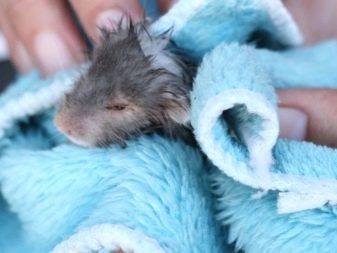

As you know, the best treatment is prevention. This is why it is important to keep your hamster's cage clean at all times. Remove food leftovers, faeces and other contaminants in a timely manner.
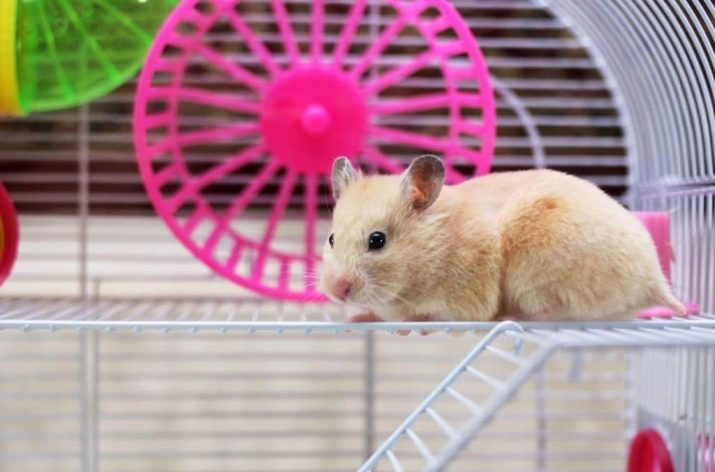
Helpful Hint: Veterinarians advise that it is not necessary to wash your hamster in the event of an unpleasant odor.
The fact is that the animals themselves do not emit any aromas. If you feel foreign odors, then, most likely, you need to pay attention to the hygienic state of the rodent's cage.
Reproduction
To begin with, it should be said that rodents of the Dzungarian breed reproduce well in captivity at home. That is why they are often chosen by rodent breeders.
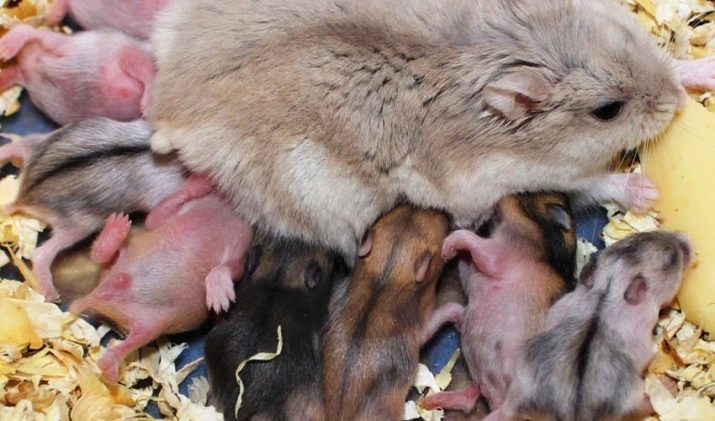
It is believed that for reproduction, the female and the male must be constantly kept in the same cage, but this is not entirely true. Veterinarians and experienced breeders recommend combining heterosexual animals only for the crossing period. This must be done in order to avoid mutual aggression regarding the division of the territory of the cell.
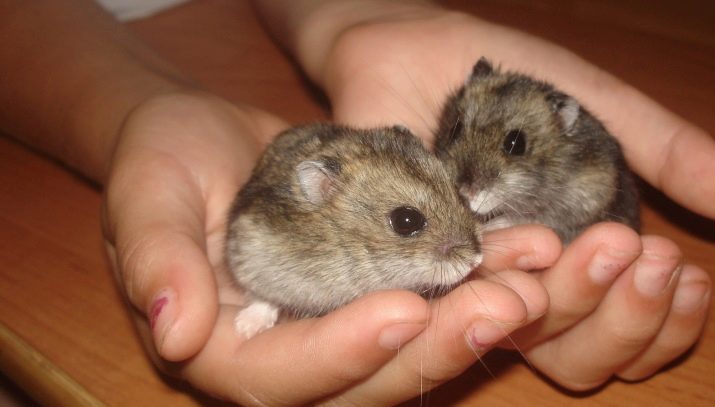
The mating process can be carried out at 1 or 2 months of the animal's life. If possible, you should wait even up to 3 months - this way, the female who gave birth to babies will be able to fully take care of her cubs.
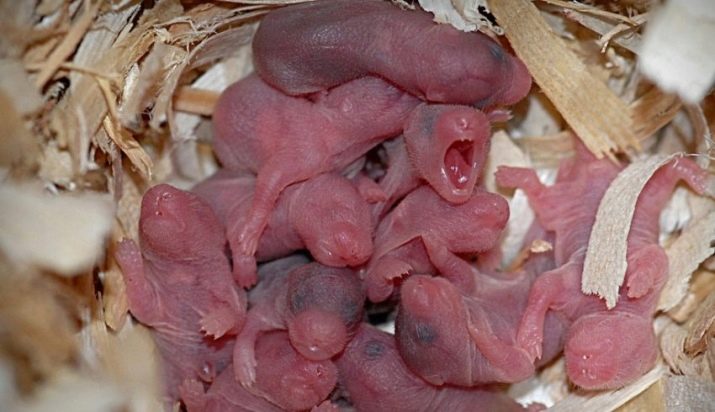
Often the mating procedure takes place at night, and females give birth on 17-21 days of gestation. From 2 to 9 babies can be born at a time. During pregnancy, special attention should be paid to the nutrition of the female - you will need to introduce more greens, fruits and vegetables into the diet.
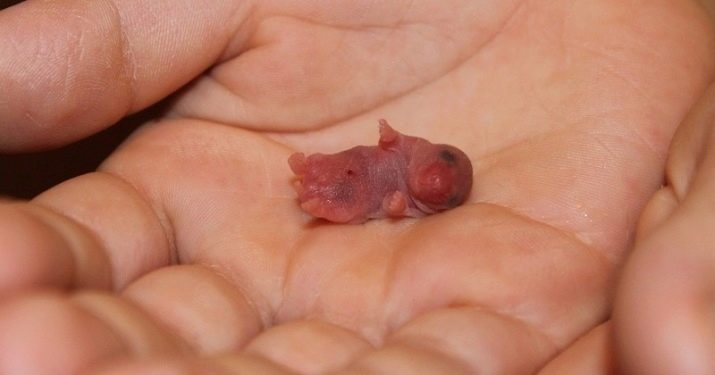
Important: Do not handle newborn hamsters. Otherwise, the female may refuse them - stop feeding and caring for them.
Interesting Facts
Due to the high prevalence of Dzungarian hamsters, it may seem that a lot is known about these animals and that they are fully researched by scientists. Nevertheless, there are facts concerning the rodents of this breed, which are little known to the general public.
- In the wild, Dzungarian hamsters do not live in flocks, but one by one.
- In order to survive, dzungariki build themselves a burrow, which has at least 5 entrances, and several branches.
- This type of hamster is very mobile. In search of food in 1 day, an animal can run several kilometers.
- The animals got their name in honor of the northwestern province of China - Dzungaria.

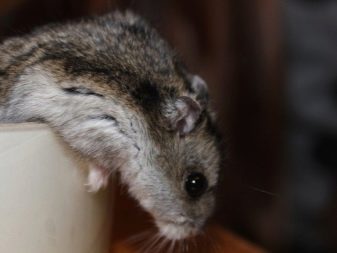
Reviews
In general, it is worth noting that the reviews of the owners of the dzungariks are very ambiguous: some are completely delighted with the purchase of this animal, while others, on the contrary, regret the rash purchase and show dissatisfaction with this breed.
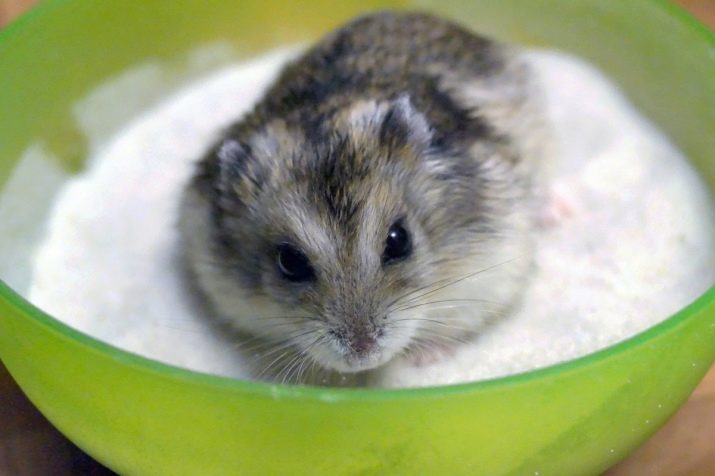
Among the negative comments, you can find a fairly large number of complaints about the fact that the animals constantly squeak, especially in the dark, which is due to the nocturnal lifestyle of the animals. This behavioral trait can disrupt your sleep as well as the sleep of your children.

The second major category of negative comments informs us that the animal, as well as the fruits of its life, have a rather persistent and unpleasant odor. Even with regular and systematic cleaning, it can manifest itself, which negatively affects the condition of the household (the owners of hamsters report that often the smell can cause headaches).
Rodents of the Dzungarian breed are quite active and nosy, therefore they should not be let out of the cage. Otherwise, they will run away and hide so that later you cannot find them.
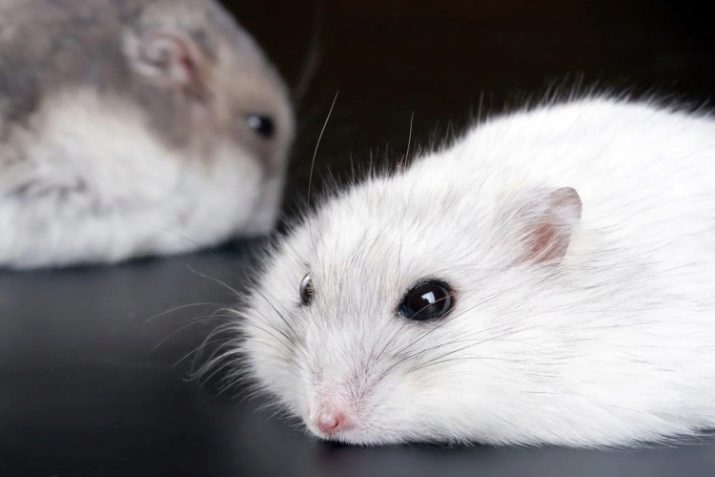
As a way out of this situation, many offer to buy a leash for a rodent.
However, there is also a wide variety of positive reviews. First of all, the aesthetically pleasing appearance is noted. Many people who were previously afraid of rodents literally fall in love with little fluffy dzungariks. Parents point out that such hamsters can become a good friend to your child, who has been asking for a pet for a long time. They will teach the child to take responsibility. Breeders also speak well of Dzungariki - hamsters reproduce quite quickly and intensively (which can be a disadvantage for an ordinary person).

Thus, we have made sure that Dzungarian hamsters are very controversial pets that have both positive and negative characteristics. When buying a rodent, it is important to remember that now you are responsible for it, so if you definitely decided to have a pet, then familiarize yourself with its behavioral features in advance, and also study the rules of maintenance and care.
The more accurately you follow the instructions of the experts, the more positive your experience with your hamster will be.
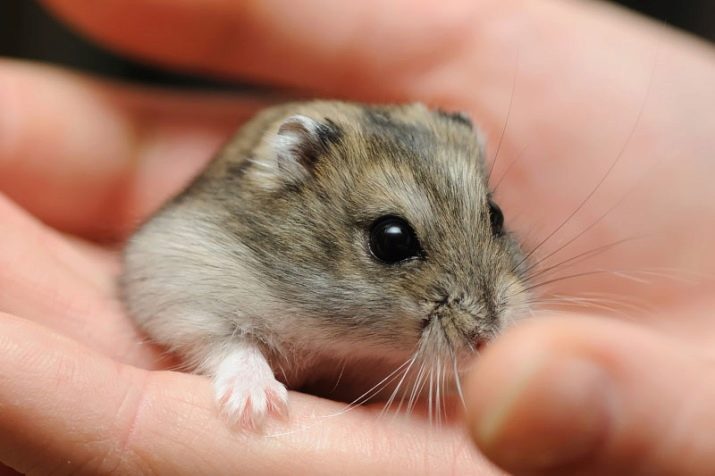
For all the pros and cons of keeping a Dzungarian hamster, see the video below.








